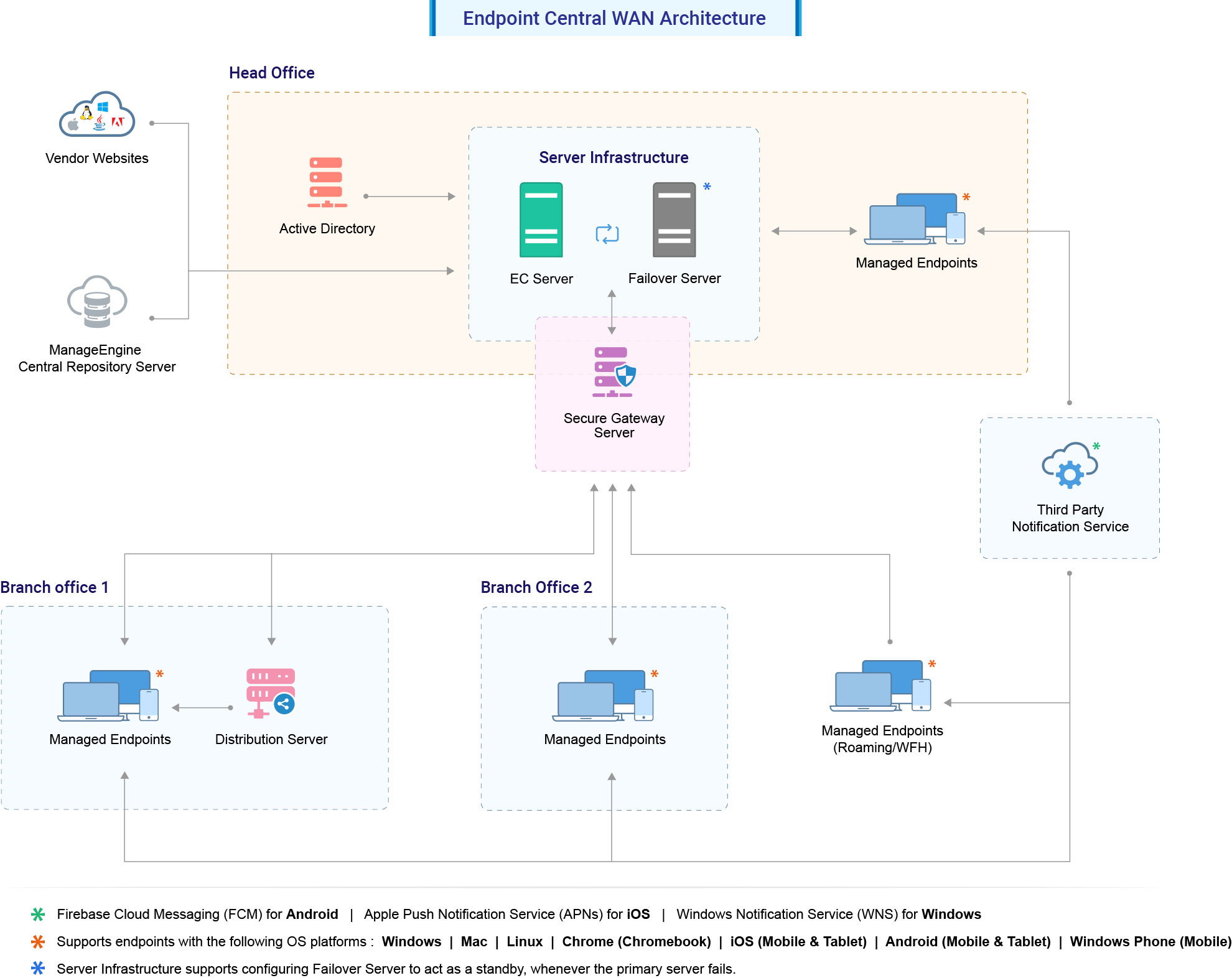

- #3rd party directory perforce download in centos how to#
- #3rd party directory perforce download in centos mac os x#
- #3rd party directory perforce download in centos install#
- #3rd party directory perforce download in centos password#
We have provided a command line tool to back up an asset server. Accessing the SQL database directly requires a bit of technical knowledge about SQL and Unix/Linux command lines. The Asset Server is built using a modified version of PostgreSQL. You might need to enable connections to this port in your firewall and/or router. The Unity Asset Server uses TCP port 10733. To completely remove a project or user from the server use the Delete Project and Delete User buttons. You can enable or disable user access for individual projects. Creating a new userĪfter a user has been created in one Project, the user can be added to another project by enabling the checkbox on the left of the user name in the users list. New users can be created by first selecting an existing project and then clicking on the New User button.

Click Create, then enter a name for the new project New Projects can be created by clicking on the Create button in the Server Administration tab. It is best to think “one Project equals one game”. Projects are generally orthogonal, and unique in asset collections. The Administration tab Managing Projects and UsersĮach Server can contain several Projects, and each User can have permission to one or more Projects. You’re now connected to the Asset Server, and can perform the initial setup.
#3rd party directory perforce download in centos password#
The administrator name is always “admin”, and the password is what was entered when installing the Asset Server.

Next, provide the administrator name and password. If the Asset Server is installed on your local machine, you can use “localhost” as the Server Address. In the Server Address field, enter either the ip address or host name of the computer running the Asset Server that you want to administer. This will open the asset server’s management tab.Ĭlick the Administration button. You can now select Window->Version Control. Note: Yosemite 10.10.3 users will need to search via the hard drive’s liabry directory, not the user’s liabry directory.ģ. Windows: C:\Program Files (x86)\Unity\AssetServer\bin\AssetServerControl.exe Now we are going to run the asset server. You will then see the Version Control settings in the Inspector, now select Asset Server from the Mode drop down menu. Select Window->Version Control, then click the Settings button. Launch Unity and open up a blank project. We recommend using Plastic SCM or Perforce for version control in your Unity project. Please be aware that the Asset Server is now a legacy product.
#3rd party directory perforce download in centos how to#
This guide will show you how to get your server up and running and ready for use. The Administrator must first connect to the Server with Unity as a client and create new Projects and Users. The Asset Server allows any number of Users to connect to a Project. You must connect to the Asset Server as the administrator before you can create any projects or users. This password is required to administer the Asset Server from within Unity. At the end of the process you will be asked to create an Admin password.
#3rd party directory perforce download in centos install#
The installer will install all necessary files, setup a database and launch the Asset Server.
#3rd party directory perforce download in centos mac os x#
You can install the Asset Server on Mac OS X 10.4 or later, Windows Vista and various Linux distributions including CentOS, Ubuntu and Suse Linux.

Each additional client must be configured to synchronize with a Project, using a specific User credential. It must be administrated from a Client machine, where Projects and Users can be added. Unity can be installed on the server machine, but it does not need to be. Interacting with the Asset Server is done through Unity. The Asset Server is designed to be a simple one-time installation on a server machine. Note that that from 2017.1 the Asset Server is a deprecated product.


 0 kommentar(er)
0 kommentar(er)
